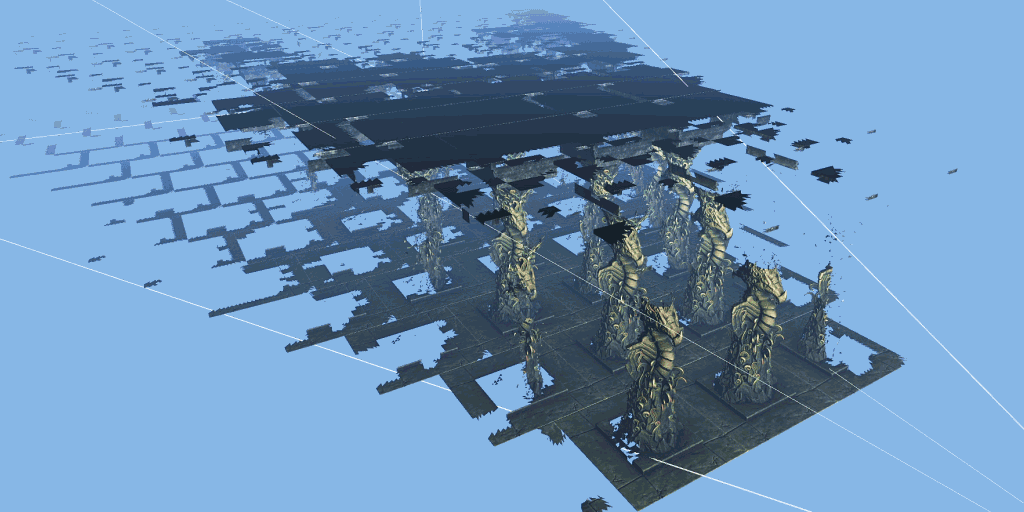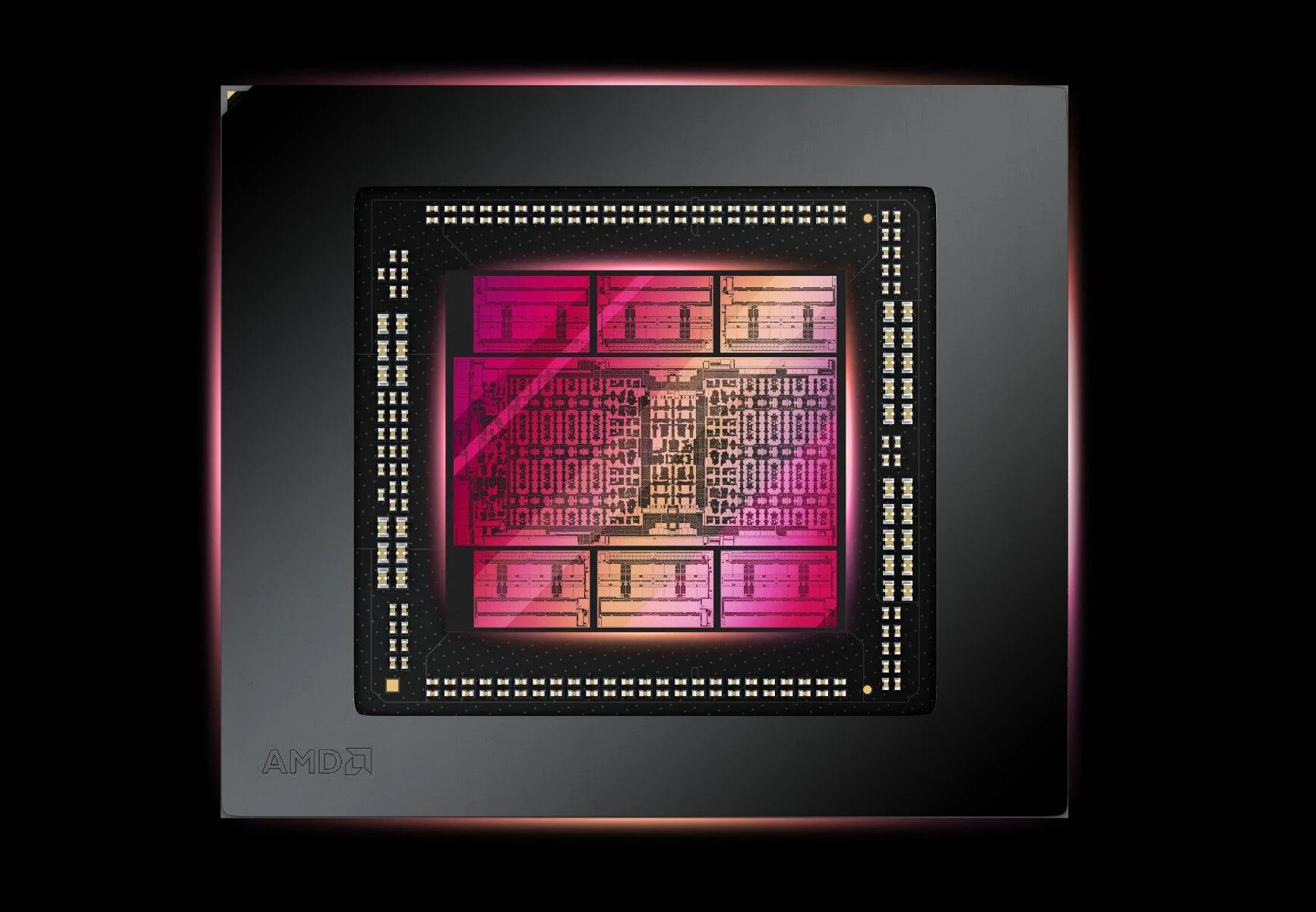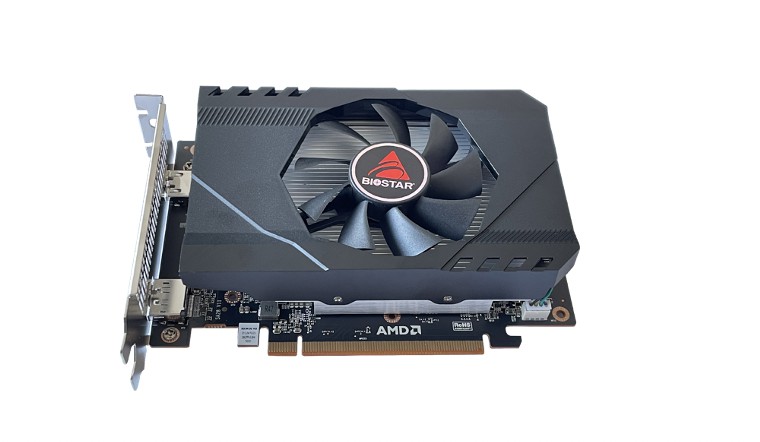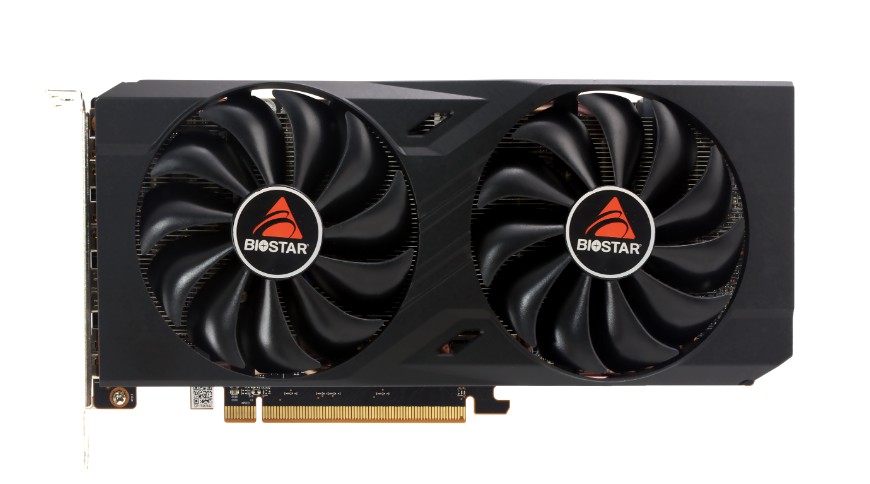DirectX 12 Ultimate adds powerful new features and capabilities to DirectX 12 including DirectX Raytracing Tier 1.1, Mesh Shaders, Sampler Feedback, and Variable Rate Shading (VRS).
Our latest addition is the 3DMark Mesh Shader feature test, a new test that shows how game developers can boost frame rates by using mesh shaders in the graphics pipeline.

What is a mesh shader?
Mesh shaders introduce a new approach to geometry processing that simplifies the graphics pipeline while also giving developers more flexibility and control.
In 3D graphics, a mesh is the set of vertices, edges and faces that define the shape of an object. In current graphics pipelines, all the geometry data in a mesh must be processed sequentially before any further steps can be taken. This can be a significant performance bottleneck.
Mesh shaders replace the old approach with a new model that brings the power, flexibility and control of a compute programming model to the geometry pipeline.
Mesh shaders can process small sections of a mesh, called meshlets, in parallel with a much greater degree of flexibility and control.
Amplification shaders, another new part of the mesh shader pipeline, are especially useful for culling, as they can efficiently determine which meshlets are visible before shading. An amplification shader can cull nonvisible meshlets far more efficiently than the traditional methods.
You can read more about mesh shaders on the Microsoft DirectX Developer Blog and in the DirectX Functional Spec.










